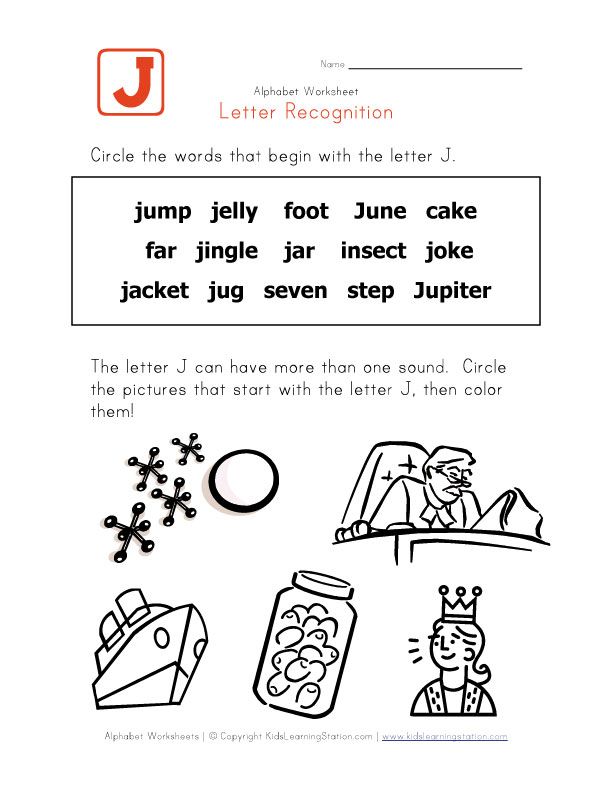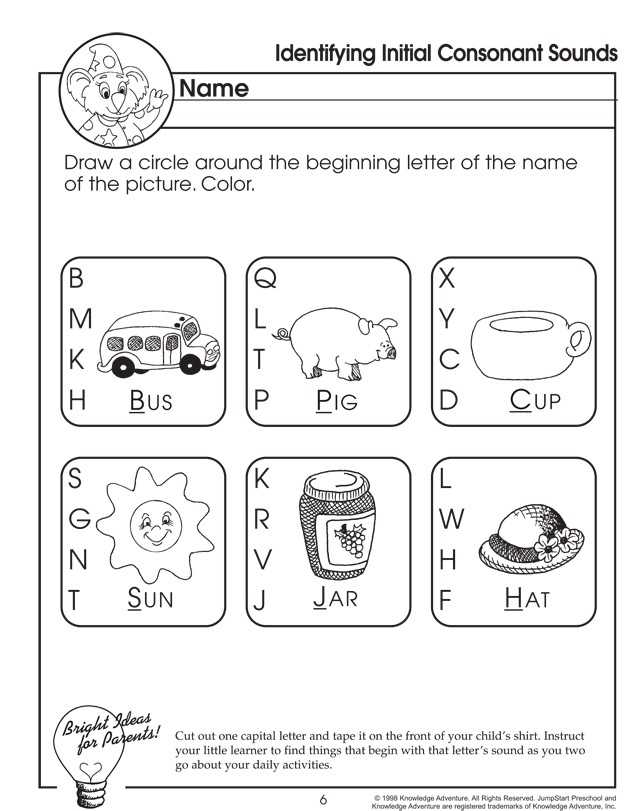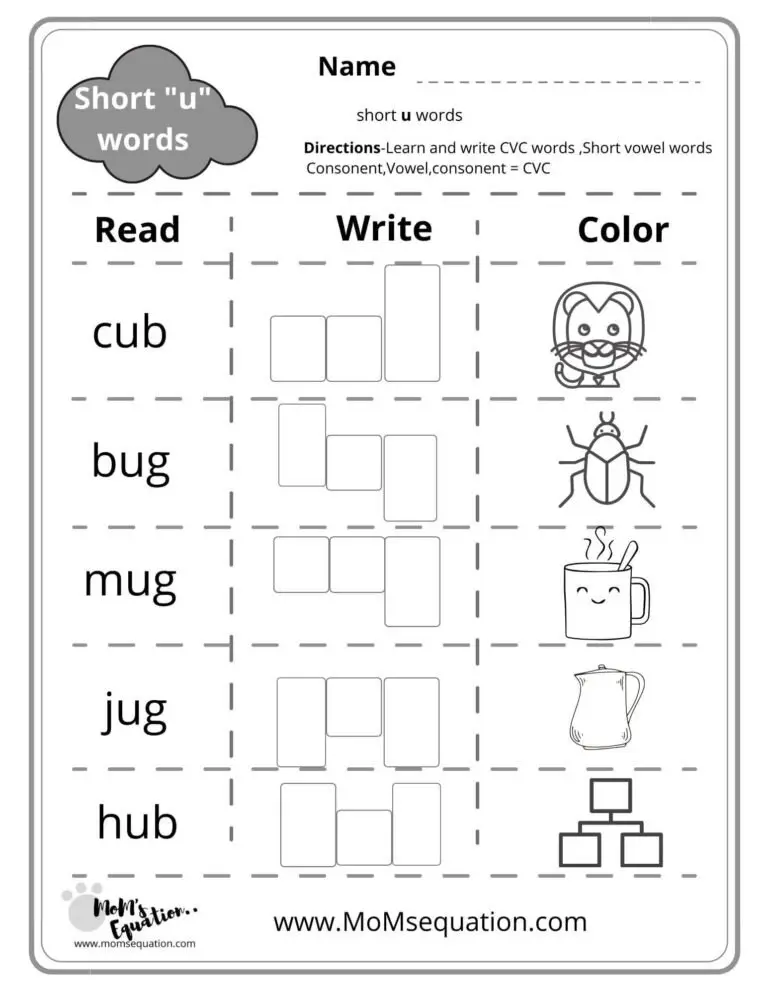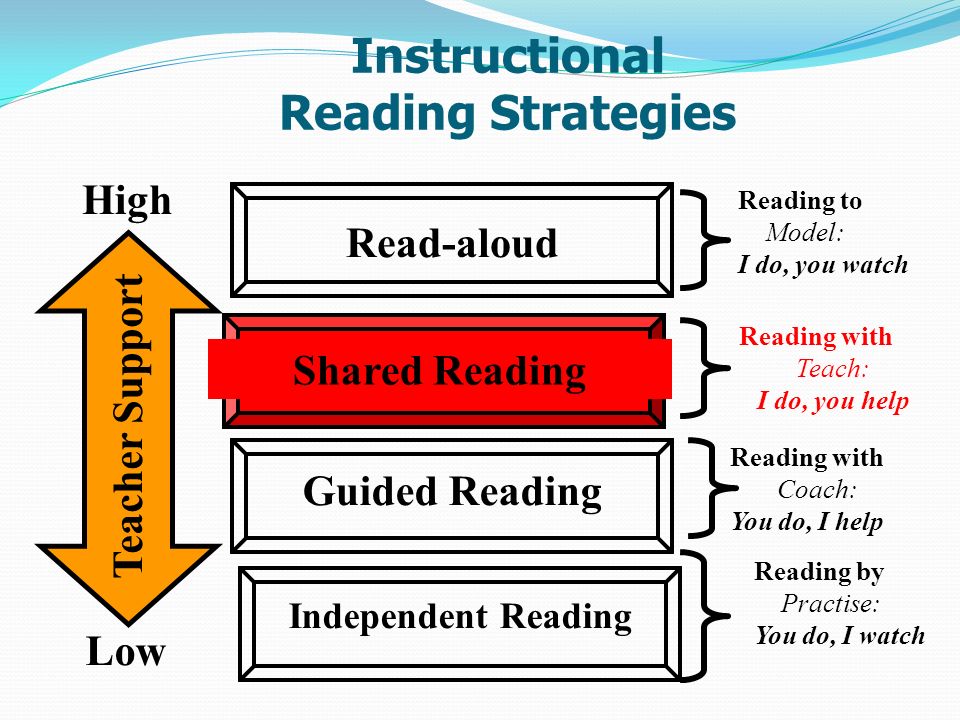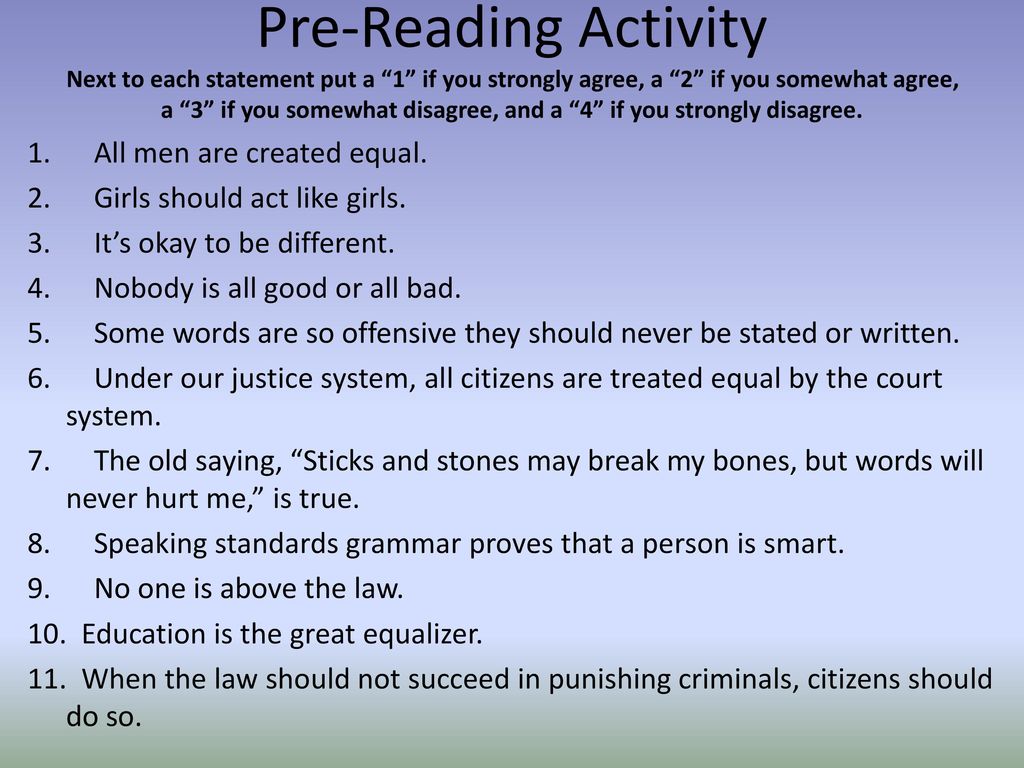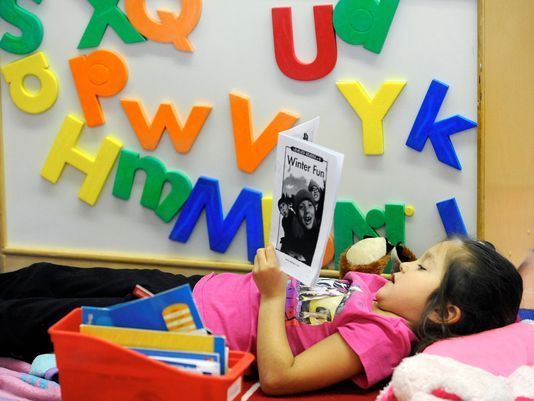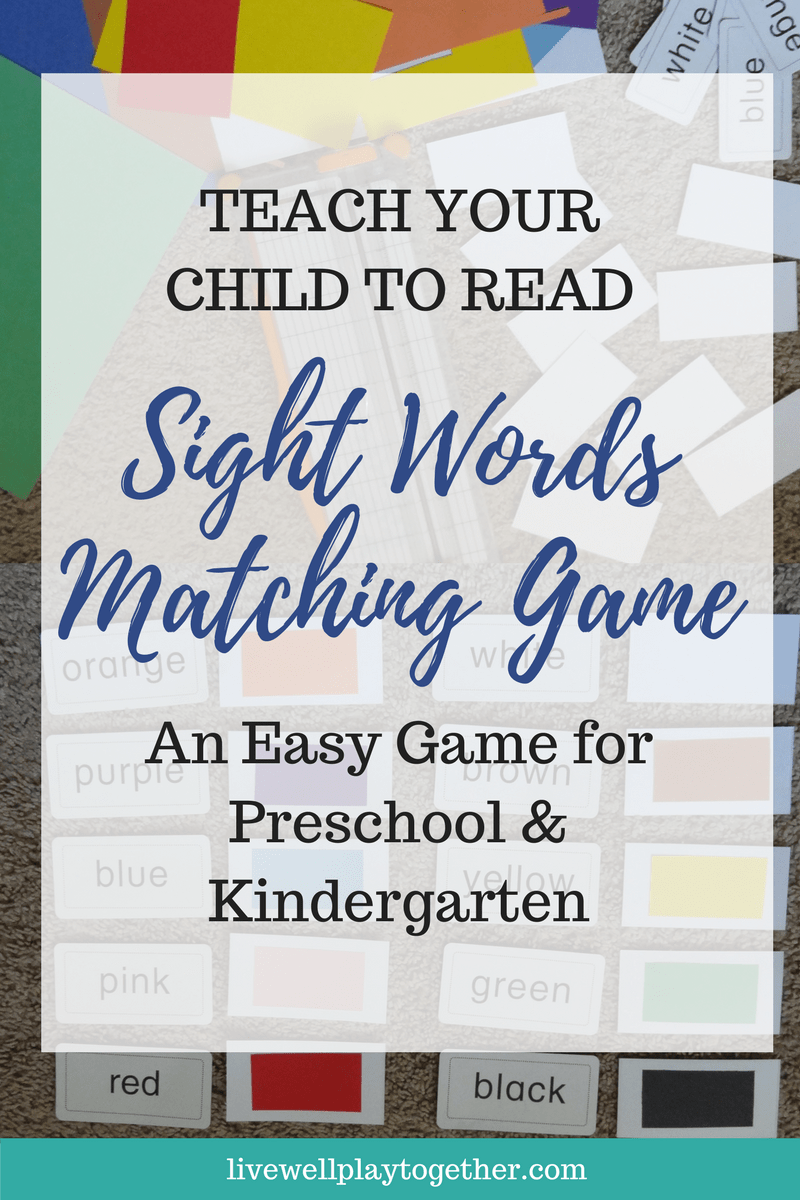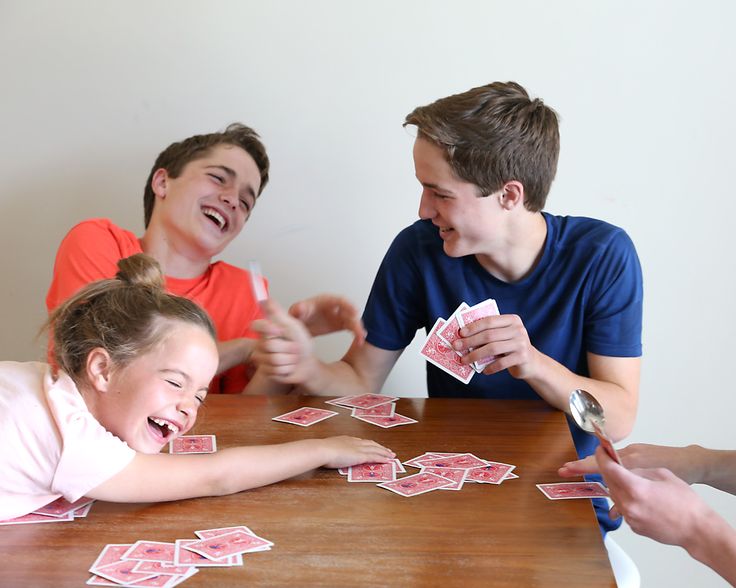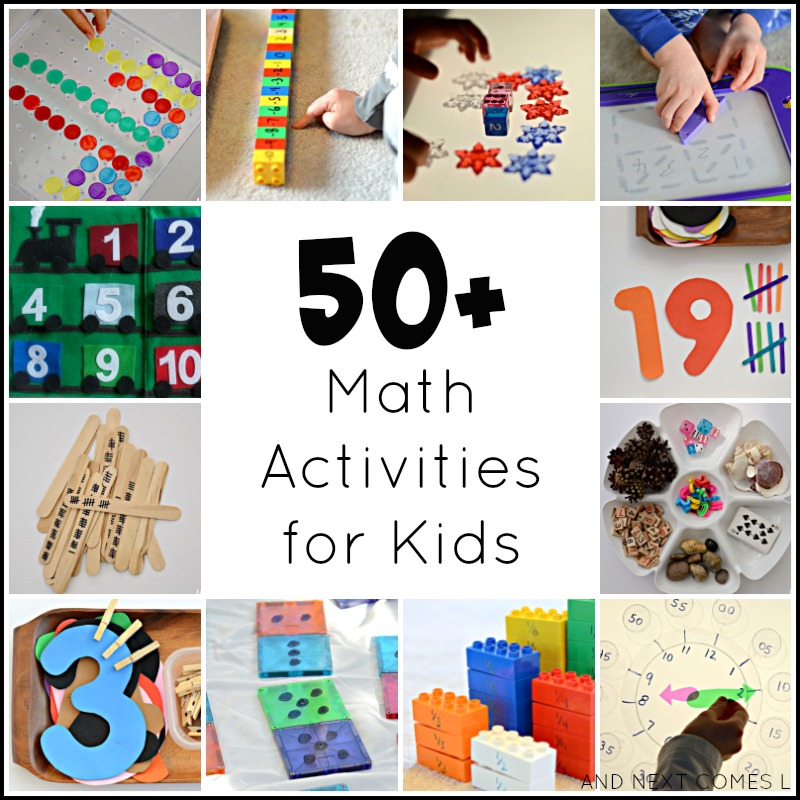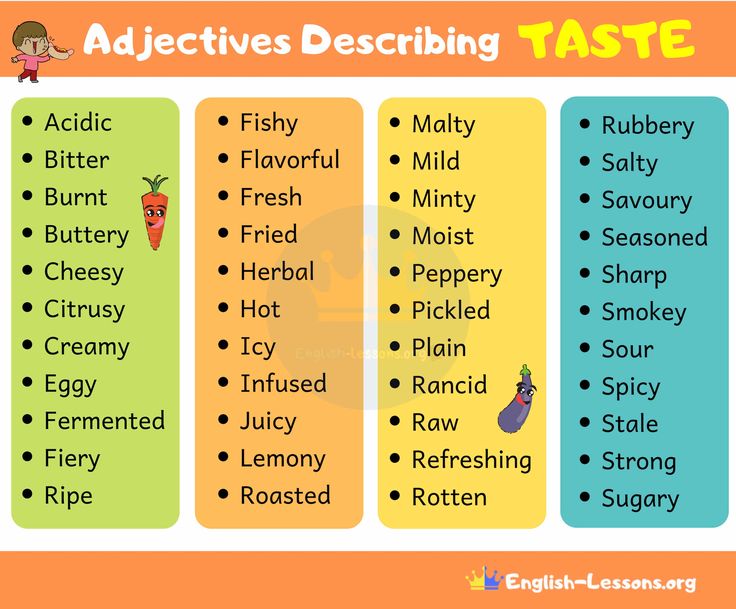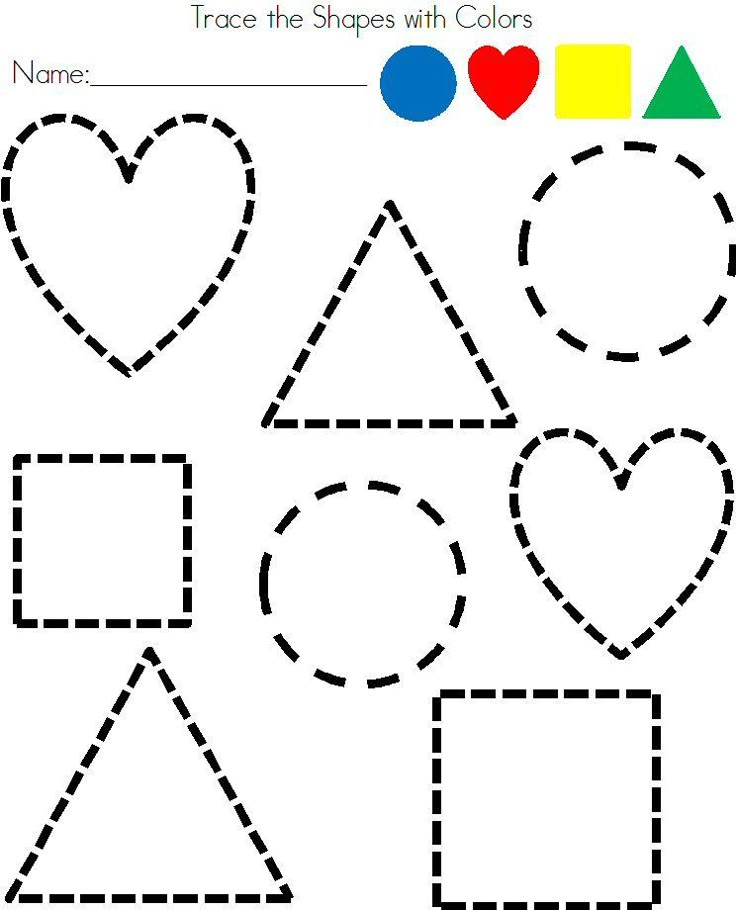How to sound out letters
How to Sound Out Words
(from The Teacher’s Guide: Third Grade to Adult Edition)
If a student encounters a word that he does not know how to decode, he must sound out the word. Sounding out a word refers to the process of decoding a word by identifying the sounds of each individual letter in the word and then blending those sounds together. A student sounds out a word when he does not know the identity of the word. There is a specific sequence of steps to follow when using this sounding-out procedure. When a student is sounding out a word, have him perform the following steps, and insist that this sequence of activities be systematically followed.
Procedure To Follow When Sounding Out an Unknown Word:
Step One:
Always begin by identifying the vowel sound.
Step Two: After accurately identifying the vowel sound, identify the consonant sound that immediately follows the vowel sound.
Step Three: Blend together the vowel sound with the following consonant sound.
Step Four: If two consonants follow the vowel and do not join to together to form a consonant team, isolate the vowel sound and the first consonant that follows the vowel. Blend those two sounds together. Next isolate the sound of the second consonant following the vowel. Blend the sound of the vowel and the first consonant with the sound of the second consonant.
Step Five: After the vowel sound and all consonant sounds found after the vowel have been blended together, have the student identify the sound of the consonant letter that comes immediately before the vowel.
Step Six: Blend together the consonant sound with the sound of the vowel and the consonant letter or letters that come after the vowel.
Step Seven: If two or three consonant letters come before the vowel and do not join together to form a team, start with the consonant closest to the vowel. Identify that consonant’s sound and blend it with the sound of the vowel and the consonant letters that follow the vowel.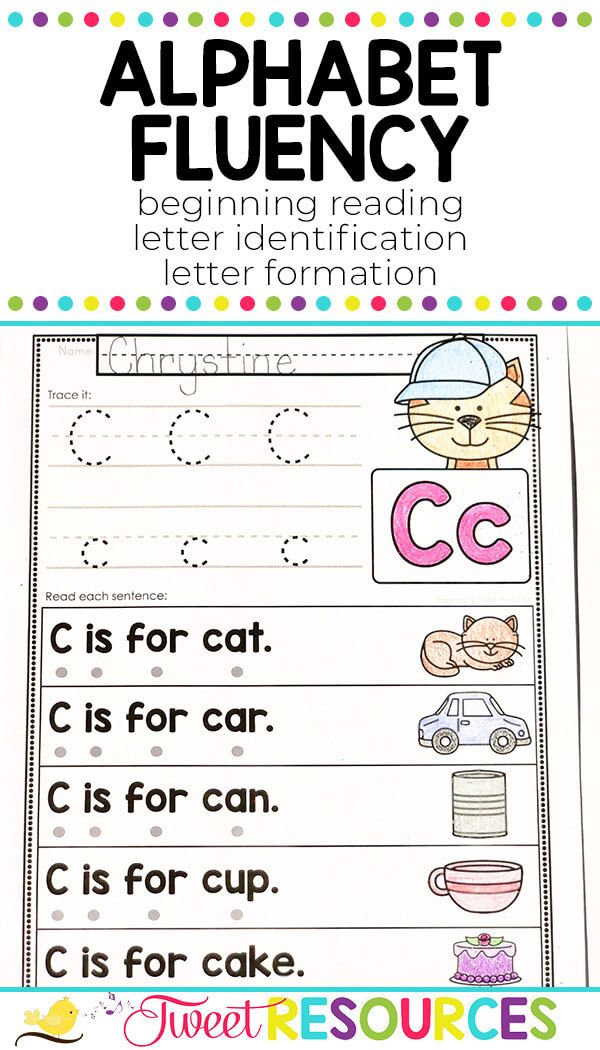 Next isolate the sound of the next adjacent consonant letter. Blend that letter’s sound with the sound of the rest of the word that has already been decoded. If a third consonant occurs before the vowel, isolate that letter’s sound last and then blend its sound with the rest of the word.
Next isolate the sound of the next adjacent consonant letter. Blend that letter’s sound with the sound of the rest of the word that has already been decoded. If a third consonant occurs before the vowel, isolate that letter’s sound last and then blend its sound with the rest of the word.
Teach students always to begin sounding out one-syllable words by identifying the sound of the vowel within the syllable first.
Researchers have discovered that syllables can be subdivided into two component parts. Onsets are that part of the syllable that consist of whatever consonants occur before the vowel; rhymes are that part of the syllable containing the vowel and whatever consonants follow the vowel. Researchers have further identified the fact that students are more easily able to decode a word by being taught to isolate the onsets and rhymes within words. Thus by teaching students to start the decoding process by isolating the sound of the vowel and any subsequent consonants which follow the vowel, you are in effect teaching students to subdivide a syllable into its most basic component parts.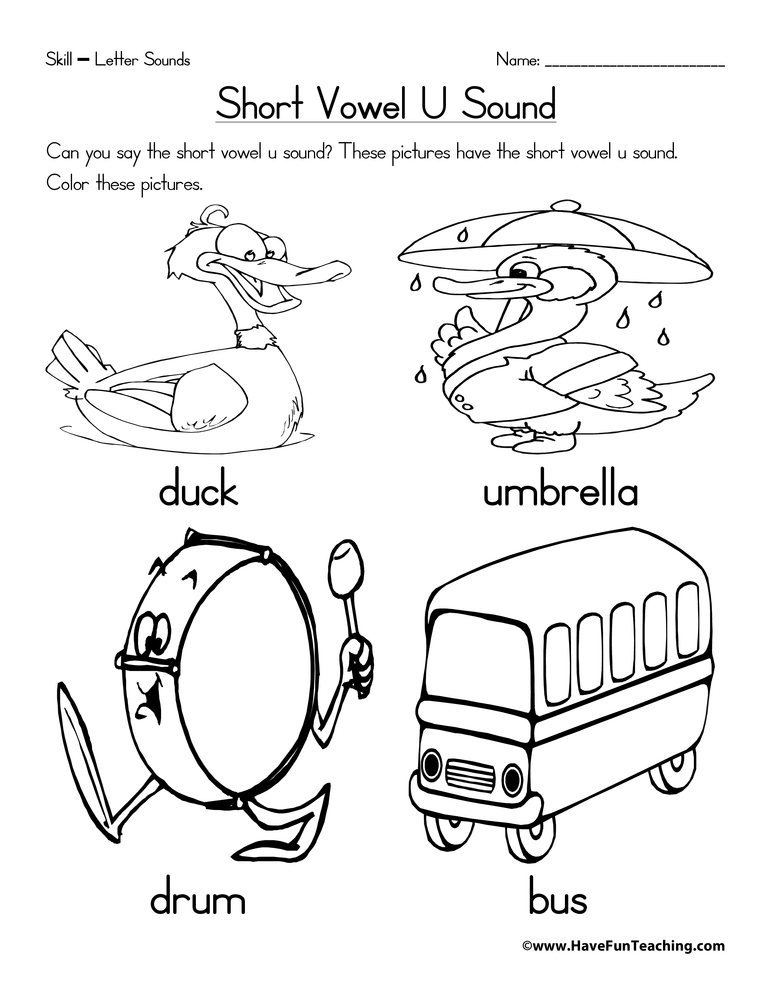
When sounding out a word, your student is being asked to perform two tasks simultaneously: 1) to associate a specific sound with a specific letter and 2) to blend smoothly one sound to another. Either of these two skills can individually be difficult for some. Blending for someone to whom this concept is foreign can be particularly challenging. However with persistence your student will learn to perform both of these skills automatically.
The Teacher’s Guide: Third Grade to Adult Edition
Continue to next page.
Return to At-Risk and Struggling Readers Home Page
Sound Pronunciations | Sight Words: Teach Your Child to Read
- Introduction
- Vowels
- Consonants
- Notation
- Easier and Harder Sounds
- Sound Pronunciation Chart
- Summary
- Letter Sounds with Kids
- Questions and Answers
When a child knows the proper sounds of the alphabet letters, he or she can use those sounds to sound out or decode a word.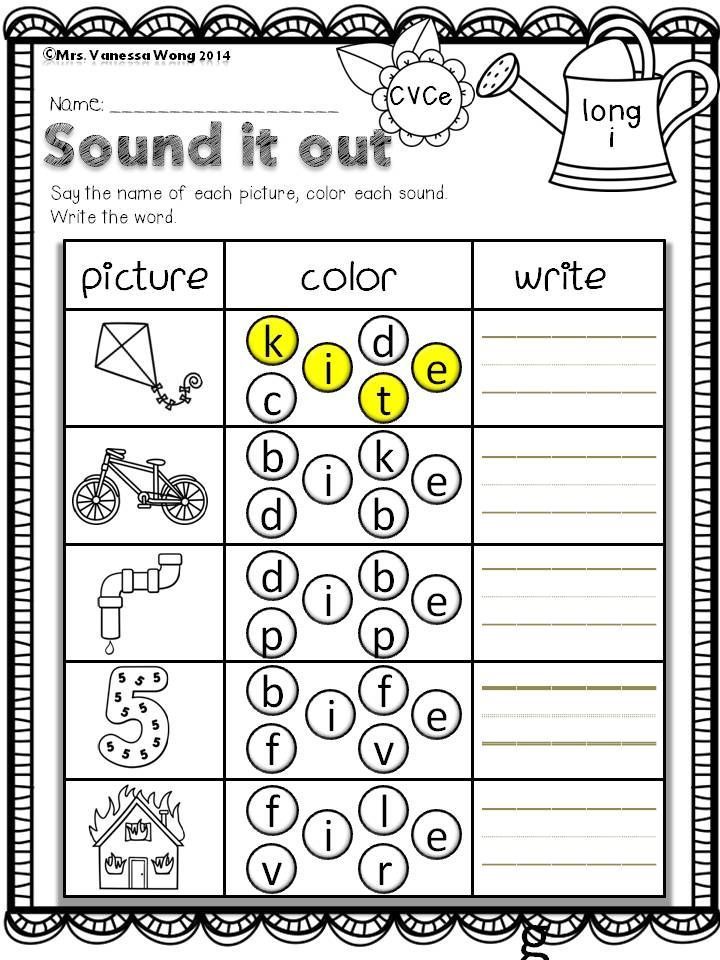 This skill is essential for successful phonics instruction later on. The more accurately the sounds are taught to children, the easier it will be for them to learn to read and spell. Study the videos and chart on this page to learn the correct pronunciations of the letter sounds.
This skill is essential for successful phonics instruction later on. The more accurately the sounds are taught to children, the easier it will be for them to learn to read and spell. Study the videos and chart on this page to learn the correct pronunciations of the letter sounds.
Video: Sound Pronunciation Intro
There are 26 letters in the English alphabet, each of which has a name and at least one sound. It is the sounds of these letters (not their names) that we blend together to form words.
NOTE: At this point, it is much more important for your child to know the sounds of the letters than their names. Knowledge of the letter names will be very useful for spelling, but we are not there yet! Reading precedes spelling!
There are over one million words in the English language, and at least 600,000 of them can be sounded out phonetically.
↑ Top
The five most common vowel sounds are also known as the short vowels: A (as in apple), E (as in egg), I (as in it), O (as in odd), and U (as in up).
All the vowel sounds are continuant sounds, said “long and loud,” which means that you draw them out for two full seconds.
Video: Vowels
↑ Top
The consonants are the other 21 letters in the alphabet aside from the vowels: B, C, D, F, G, H, J, K, L, M, N, P, Q, R, S, T, V, W, X, Y, and Z.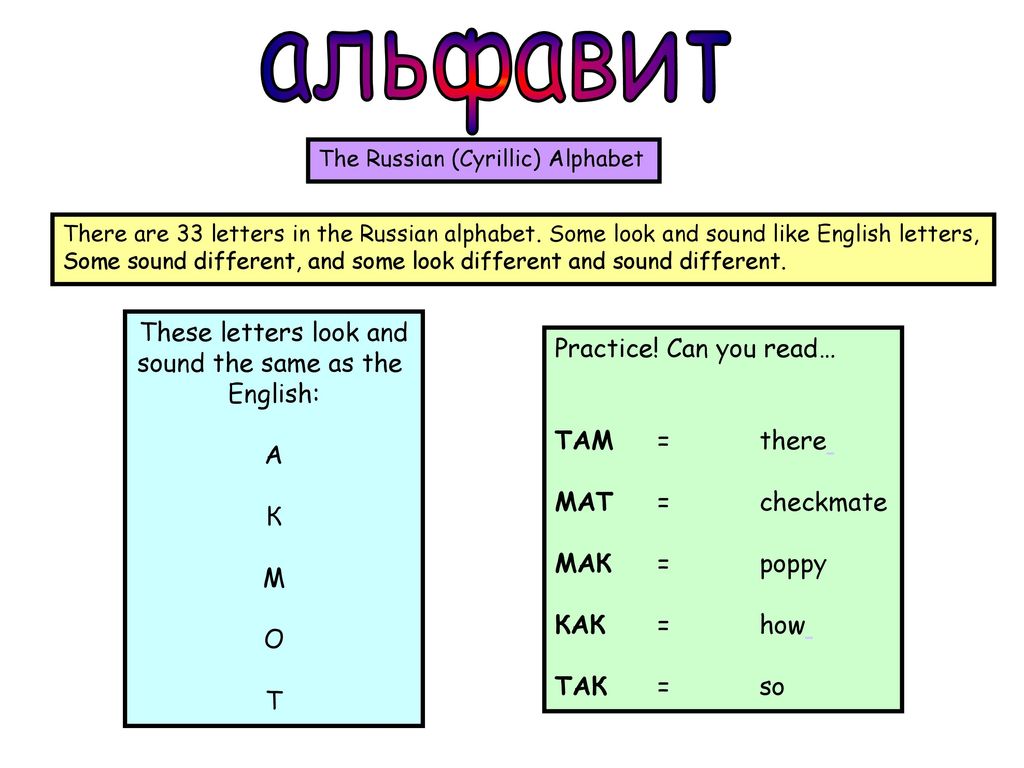
There are two types of consonant sounds: stop sounds and continuant sounds.
- Stop sounds are also called “quick and quiet” sounds. Letters making these sounds are: B, C, D, G, H, J, K, P, and T. They have a sharp ending, with the sound stopping abruptly.
- Continuant sounds are also called “long and loud” sounds. Letters making these sounds are: F, L, M, N, Q, R, S, V, W, X, Y, and Z. Hold these sounds out for two full seconds.
Video: Consonants
↑ Top
We have a special way of writing the letter sounds, so that you (the adult) know when you should say the name of the letter and when you should say the letter sound.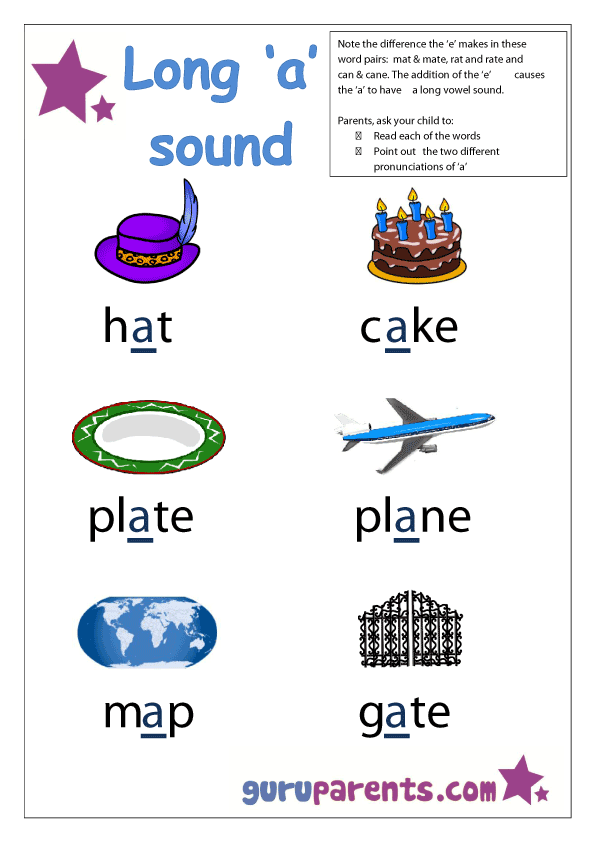
The stop (quick and quiet) sounds are written as a single letter between two slashes. For example, /b/ or /g/. Because these sounds are quieter and short, you may have to say them multiple times for children to hear. So we will sometimes instruct you to say “/b/ /b/ /b/,” meaning you should make the /b/ sound three times in quick succession.
The continuant (long and loud) sounds are usually written as three letters between two slashes. For example: /mmm/ or /zzz/. This is to remind you that continuant sounds should be held for two full seconds.
Many of our Phonemic Awareness games require you to say two sounds or word parts with a pause in between. We write that pause with a bullet mark (•). One bullet mark represents a half-second pause. So, “/mmm/ • /at/” is the word mat split by a half-second pause. Likewise, “/d/ • • • /og/” is the word dog with a 1.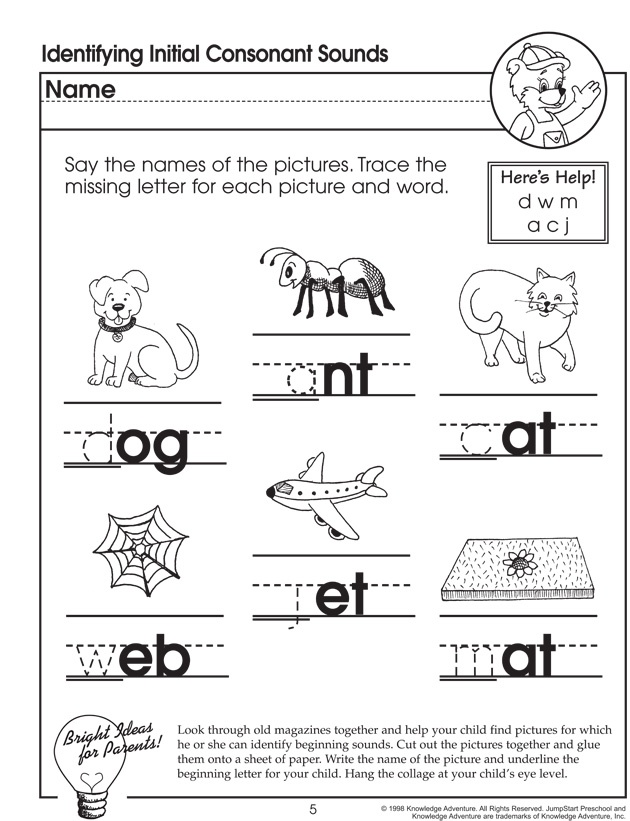 5-second pause in the middle.
5-second pause in the middle.
↑ Top
The continuant (long and loud) sounds – F, L, M, N, Q, R, S, V, W, X, Y, and Z – are easier for children to hear than the stop (quick and quiet) sounds.
NOTE: A lot of children get confused because the lower-case letters b and d look so similar. As you start using phoneme cards (with individual letters) in the Phonemic Awareness games, we strongly recommend that you not show the d card until much later. Let the child develop a deep familiarity with the letter b; until then, you can reference d as simply “not b.” It is much better to simply separate out the introduction of these two letters.
↑ Top
Print out this sound pronunciation chart to use as a reference when teaching your child. It will remind you of the proper pronunciations of the letter sounds.
It will remind you of the proper pronunciations of the letter sounds.
- Basic Alphabet Chart
↑ Top
Watch this short video for a refresher on the letter pronunciations!
Video: Sound Pronunciation Summary
↑ Top
If you are careful to model the correct phoneme pronunciations for your children, they will absorb that knowledge and have a head start on being able to sound out words. As your child nears the end of our Phonemic Awareness curriculum, quiz her occasionally on the letter sounds, as in this video below.
Video: Letter Sounds with Kids
↑ Top
Leave a Reply
Learning the Russian alphabet.
 Russian letters. How to write and pronounce correctly
Russian letters. How to write and pronounce correctly 05-08-2020 Study. Education 14105
Share
There are 33 letters in the Russian alphabet.
Consider the following plate.
Letters and their pronunciation
Пппэ | Ррэр | Ссэс | Тттэ | Ууу | |
Pheff | Xxha | CCce YuyuYu | YayaI |
We offer educational videos for kids.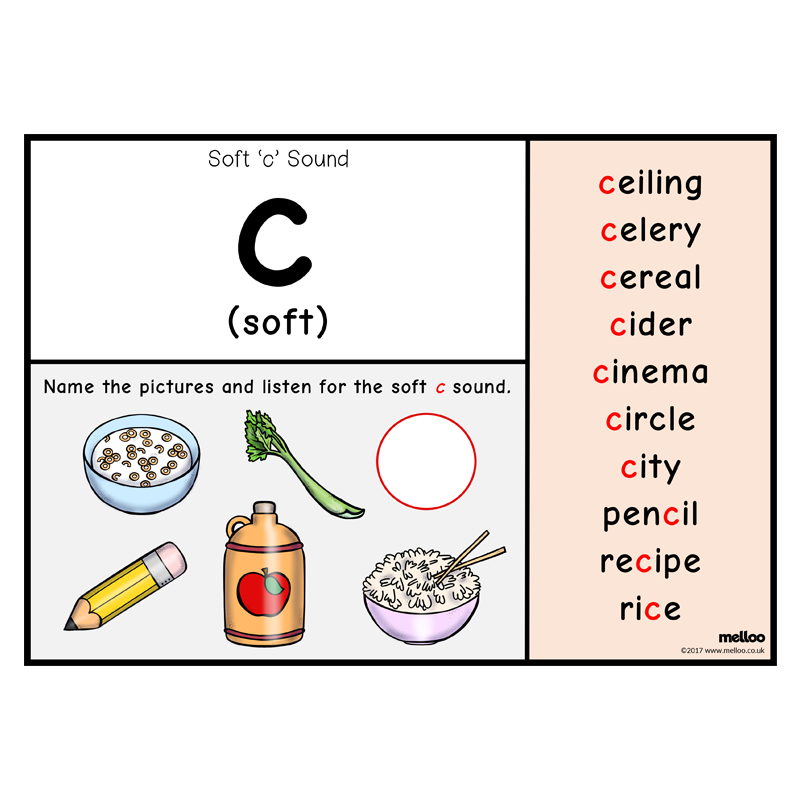
Animal Alphabet
Print this picture and let your child look at it every day and say the letters of the alphabet with you.
Read also: Ukrainian alphabet. Vchimo letters at once
- Rules of the Russian language
Phonetics of the Russian language for foreigners | Russian alphabet pronunciation Letters Sounds
Russian alphabet for foreigners: often not only foreigners who begin to learn Russian, but also advanced level foreigners cannot correctly pronounce some Russian sounds. We will talk about which letters of the Russian alphabet cause difficulties for foreigners , we will give recommendations for teachers on how to teach phonetics of the Russian language, what phonetic exercises for foreigners need to be performed and what difficulties may arise when performing them, we will separately talk about how to put the pronunciation of Russian sounds , which cause the greatest difficulties for foreigners.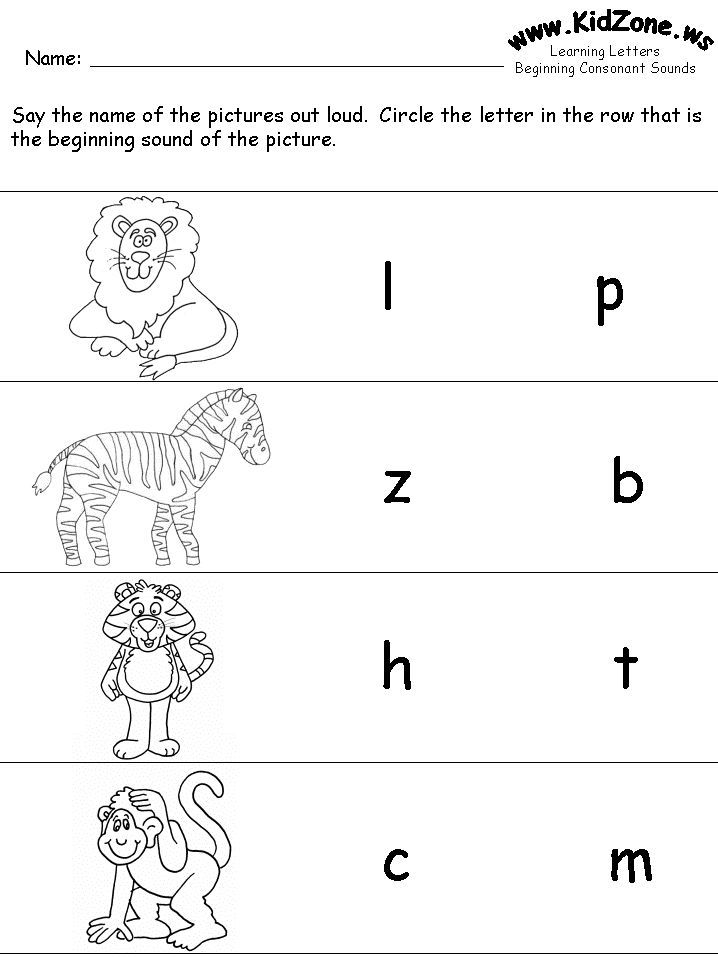
Russian as a foreign language
How to teach Russian pronunciation: letters and sounds
Lessons for teachers of Russian as a foreign language (RFL)
For beginners to learn Russian as a foreign language difficulty in learning the Russian alphabet and Russian phonetics lies in the fact that almost all letters of the Russian alphabet can denote several different sounds, for example: the letter E can denote the sounds [E], [YE], [I], and sometimes even the letter E can denote the sound [Y] (after the consonants Zh, Sh, Ts without stress: price, wife).
Setting the pronunciation of is another difficulty for teachers of Russian as a foreign language when teaching Russian to both beginners and foreigners continuing to study Russian. Here are some suggestions, how to put the pronunciation of Russian sounds in the lessons of Russian as a foreign language.
Rules for staging Russian sounds. Teaching Russian phonetics
Russian phonetics for foreigners: first you need to ensure that the foreigner distinguishes sounds by ear.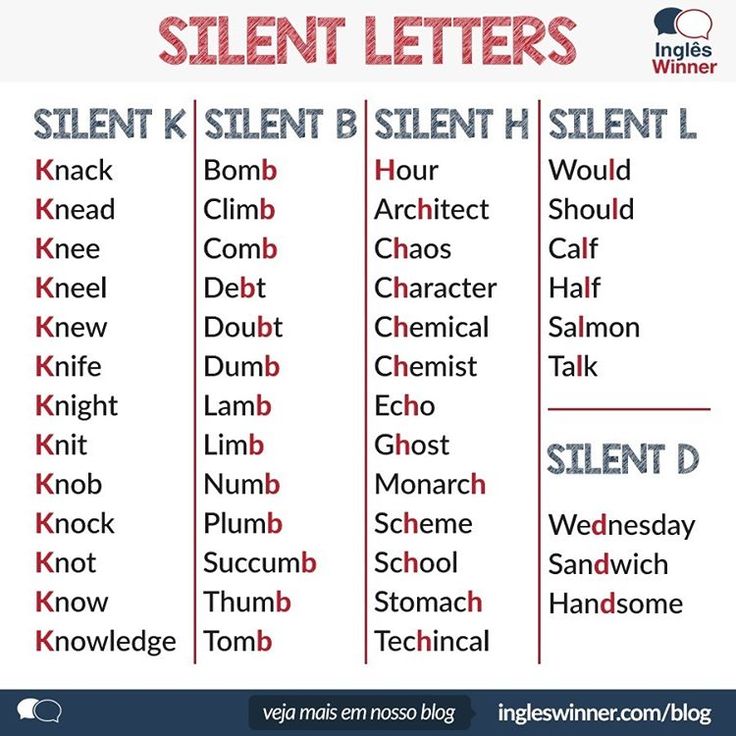 This is important because many Russian sounds sound the same to foreigners. For example, if your student says “grandfather” instead of “girl”, and when you correct him, he answers that he said so, then this means that your student does not distinguish sounds [D] and [V] by ear, they are for it sound the same.
This is important because many Russian sounds sound the same to foreigners. For example, if your student says “grandfather” instead of “girl”, and when you correct him, he answers that he said so, then this means that your student does not distinguish sounds [D] and [V] by ear, they are for it sound the same.
In order for foreigners to learn to distinguish sounds by ear, we recommend doing the following exercises :
Exercise "Playing with cards" :
1. Take two sheets of paper, write on them the sounds you will practice. For example, on one sheet we write D, and on the other - V. Let's give these cards to a foreigner. The teacher pronounces the sounds [D] and [V] in random order, and the foreigner must raise the corresponding card. Of course, the teacher must tell the foreigner if he makes a mistake.
2. Then the teacher pronounces syllables, for example: wa - yes, du - wu, ava - hell, etc., and the foreigner must raise the “D” card or the “B” card.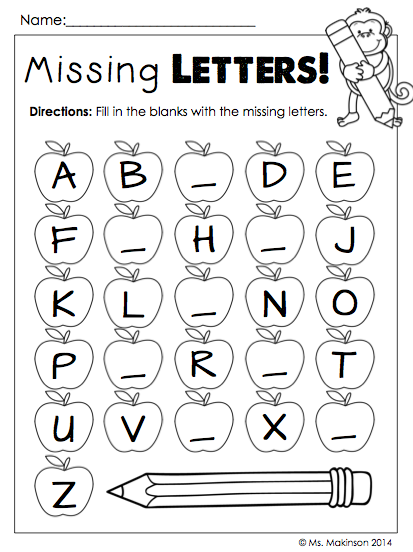
Phonetic dictation exercise :
The teacher dictates sounds, syllables, words to the student, and the foreigner writes down what he hears.
! Please note that in the exercise “Playing with Cards” and “Phonetic Dictation”, when practicing consonants, you do not need to dictate words that end in voiced paired consonants (B, C, D, D, F, Z), because. when pronouncing at the end of a word, voiced paired consonants are stunned. For example, if you dictate to a foreigner “bow”, “meadow”, then the foreigner will write down “bow”, “bow”, because “meadow” is pronounced like “lu[K]”, while your foreign student will not make a mistake, because this is a phonetic, not a spelling dictation.
When a foreigner began to distinguish Russian sounds by ear, the teacher can already change places with the foreigner, i.e. the teacher shows the card, and the foreigner says what is written. At this stage, another problem arises: a foreigner hears and understands how a Russian sound should sound, but cannot pronounce it correctly. The greatest difficulties for foreigners arise when pronouncing the following sounds: [S], [Y], [R], [F], [C], [W], [Sh] . Below we will consider the rules for setting these sounds and give recommendations on how to explain Russian phonetics to foreigners, how to conduct phonetic exercises for foreigners.
The greatest difficulties for foreigners arise when pronouncing the following sounds: [S], [Y], [R], [F], [C], [W], [Sh] . Below we will consider the rules for setting these sounds and give recommendations on how to explain Russian phonetics to foreigners, how to conduct phonetic exercises for foreigners.
Russian alphabet - Letters I, Y
Pronunciation of sounds [I], [Y]. Phonetic exercises for foreigners
The pronunciation of the Russian vowel sound [Ы] causes difficulties for almost all foreigners. For example, foreigners pronounce "mi" instead of "we" and "beat" instead of "be".
The pronunciation of the vowel sound [I] causes much less difficulty for foreigners. The Russian sound [I] is similar to the English sound [i:]. To pronounce the sound [I] you need to point the tongue forward and touch the tip of the tongue to the lower teeth. When pronouncing [I], your students need to smile a little :).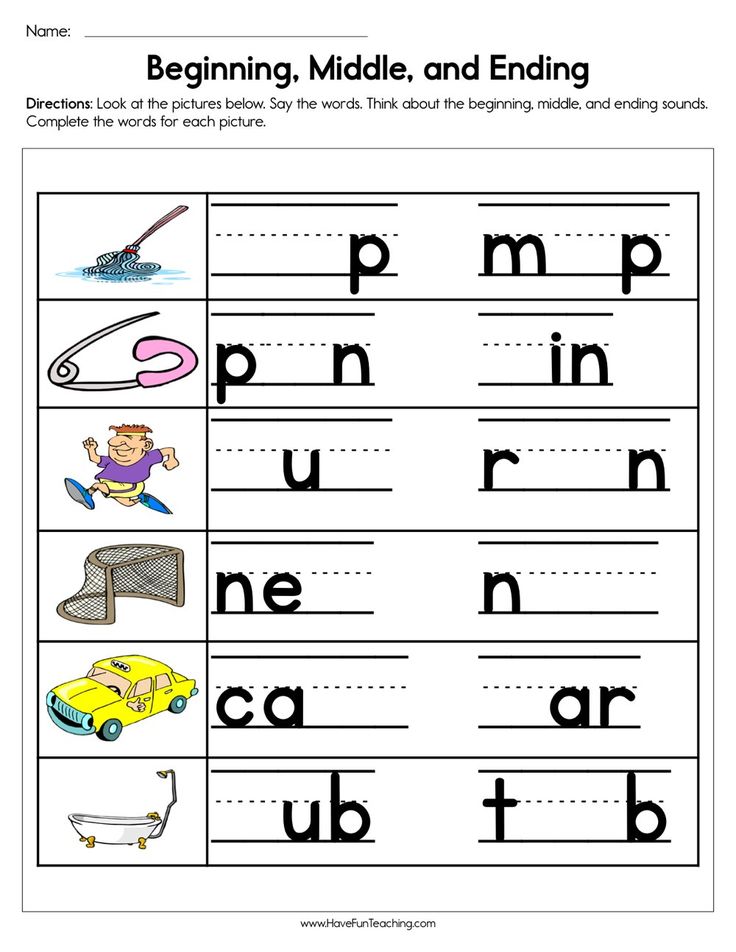
Let's return to the formulation of the problematic Russian sound [Ы] . When pronouncing it, the whole tongue must be pushed back and strain the back of the tongue . Now the tip of the tongue no longer touches the lower teeth, but is pushed back. When we pronounce [ы], we no longer smile (of course, such a complex sound!) and [G]. The pronunciation of the sounds themselves [K] and [G] usually does not cause difficulty for foreigners, but when they are pronounced, the back of the tongue automatically tenses, and this is what we use in our phonetic exercise for foreigners:
yk - yg - yk - yg - yk - yg - yk - yg
ky - gy - ky - gy - ky - gy - ky - gy - s - s - s - s - s - s - s
ky - km - we - washed
gy - hmy - we - washed
ky - kvy - you - howl
gy - gvy - you - howl
ky - kby - would - was
gy - gby - would - was
soap, was, exit, exhibition, was, son, cheese, letters, smart
Russian alphabet - Letter Y
Pronunciation of the Russian sound [Y].
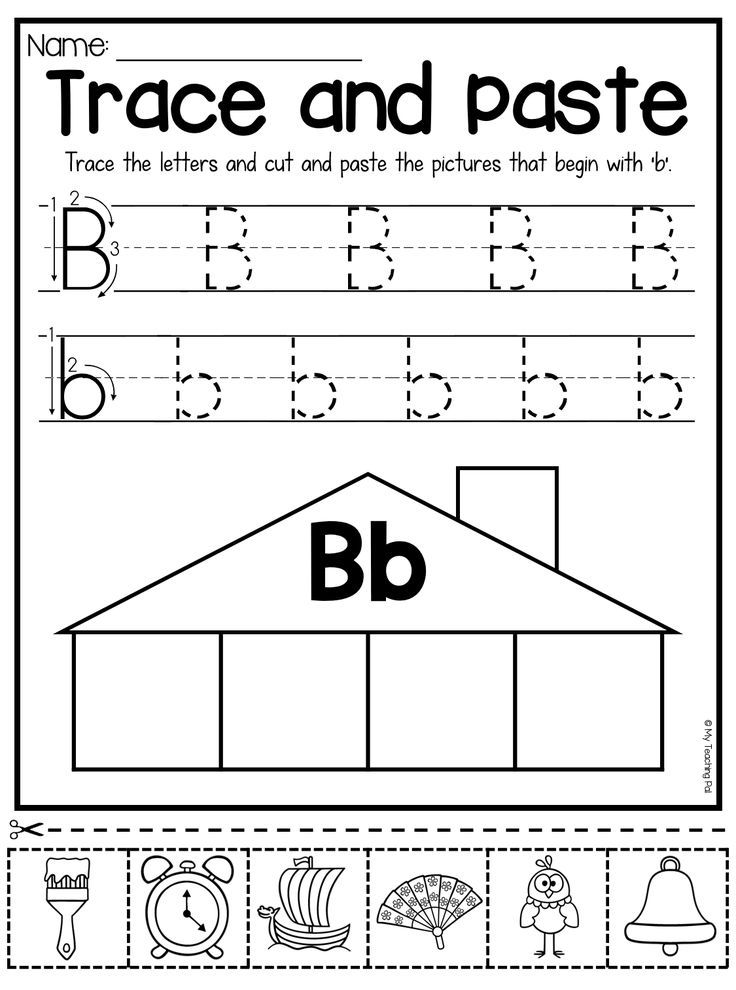 How to explain the sound [Y] to foreigners?
How to explain the sound [Y] to foreigners? You should pay attention to foreigners beginning to study the phonetics of the Russian language to the letter of the Russian alphabet Y. The sound [Y] is found in Russian speech much more often than the letter Y , because the vowels E, E, Yu, I are at the beginning of the word, after vowels and after the letters b and b denote two sounds: [YE], [YO], [YU], [YA], for example: [YO] lka, with [YE] hat, kal [YA] n.
Difficulty in pronouncing the sound [Y] (often this sound in transcription is denoted as [j]) usually occurs in foreigners if the letter Y is at the end of the word, for example: foreigners pronounce "sanatorium" instead of "sanatorium" or "my" instead of "my". Very often, foreigners do not distinguish by ear the sounds [Y] and [I], then it is advisable to do the exercise “Playing with cards” with foreigners.
How to explain to a foreigner the difference between the sounds [Y], [I] and how to teach a foreigner to pronounce the sound [Y]?
It is necessary to explain to a foreigner that the sound [Y] is pronounced VERY briefly. The sound [And] can be sung: and-and-and-and-and-and-and-and-and-and ..., and the sound [Y] must be pronounced very briefly , as if someone pricked with a pin: OH! The sound [Y] is pronounced with a much greater voltage than the sound [I], when the sound [Y] is pronounced, the middle part of the tongue rises more, so a narrower gap is created between the palate and the tongue and the air stream breaks out with more pressure, more powerfully.
The sound [And] can be sung: and-and-and-and-and-and-and-and-and-and ..., and the sound [Y] must be pronounced very briefly , as if someone pricked with a pin: OH! The sound [Y] is pronounced with a much greater voltage than the sound [I], when the sound [Y] is pronounced, the middle part of the tongue rises more, so a narrower gap is created between the palate and the tongue and the air stream breaks out with more pressure, more powerfully.
Pay attention of foreigners to the spelling of the letter of the Russian alphabet Y :
Often foreigners confuse not only the sounds [Y] and [I], but also the letters Y, I. Foreigners can write the letter Y as the letter I (without a check mark above the letter Y), they do this by analogy with writing the letters Yo and E, because. it is not necessary to put a dot over the letter Y in writing.
The teacher should draw the foreigner's attention to the fact that when writing the letter Y, you should always put a tick over the letter, because the absence of a check mark above the letter Y is a spelling and grammatical error. Compare: "my favorite cowboy" and "my favorite cowboys."
Compare: "my favorite cowboy" and "my favorite cowboys."
Russian alphabet - Letter Р
Pronunciation of the Russian sound [Р]. Phonetic exercises for foreigners
When pronouncing the Russian consonant sound [R], the tense tip of the tongue vibrates near the alveoli (these are tubercles above the upper teeth) under the action of an air jet.
So, when pronouncing the sound [R], the tip of the tongue is slightly bent upwards, touches the tubercles above the teeth and is tense. But it is quite difficult for a foreigner to make the tip of the tongue vibrate. To help a foreigner, we turn to the helper sounds [T] and [D], during the pronunciation of which the tongue automatically takes the desired position at the alveoli.
Let's start our phonetic exercises.
Let's start the motorcycle!
dr – dr – dr – dr – dr – dr – dr – dr – dr – dr – dr – dr – dr – dr – dr – dr – dr…
Whose motorcycle started up?
Let's do more exercises (pronunciation of the sound [R]):
dra - dra - dra - dra - dra - dra - dra - fight
dro - dro - dro - dro - dro - dro - dro - fraction dru - dru - dru - dru - dru - friend
tra - tra - tra - tra - tra - tra - tra - trauma
tro - tro - tro - tro - tro - tro - tro - rope
tru – tru – tru – tru – tru – tru – tru – coward
| dra - dra – dra – ra – cancer draw - draw – draw – ro – rock dru - dru – dru – ru – pen dry - dry – dry – ry – fish | tra - tra – tra – ra – frame tro-tro – tro – ro – robot true - true – true – ru – Russian tra - tra – try – ry – market |
To practice the pronunciation of the soft sound [P'], in phonetic exercises, after the letter P, you need to use vowels that soften the previous consonant (E, Yo, I, Yu, Ya).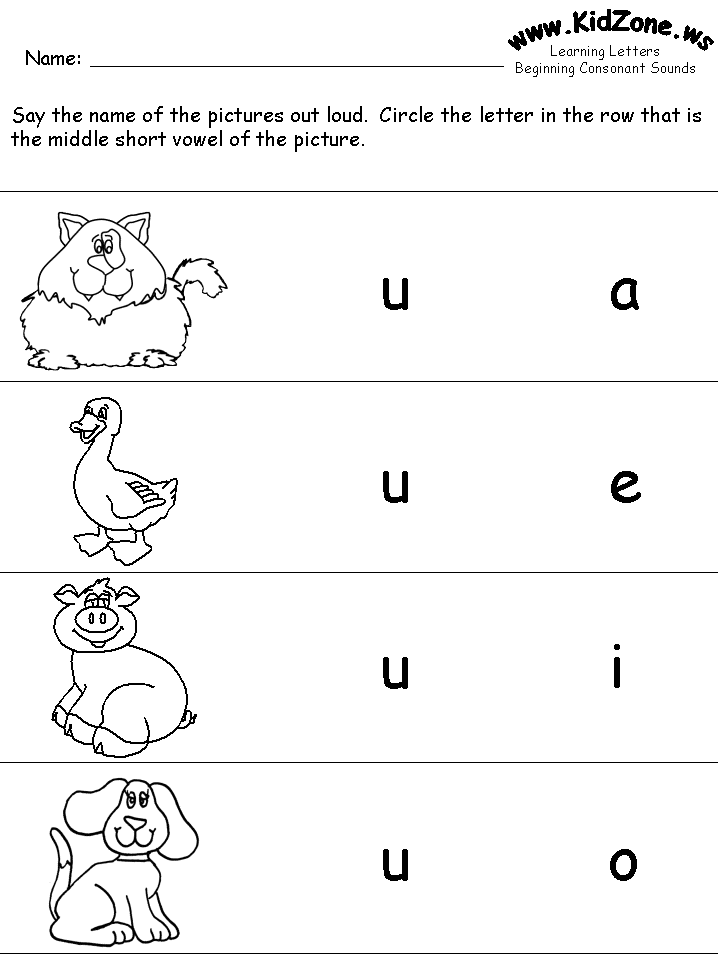
Russian alphabet - Letter Zh
Pronunciation of the Russian sound [Ж]. Phonetic exercises for foreigners
Another letter of the Russian alphabet, the letter Zh, is unusual for foreigners both in its spelling (some foreigners call it a butterfly) and in its pronunciation.
When pronouncing the sound [Ж], the tip of the tongue is raised to the alveoli (to the tubercles behind the upper teeth) and the tongue is pulled back.
To produce the zhu zhzh sound [Ж], we again turn to helper sounds: the consonant [Г] and the vowels [О], [У]. The sound [G] will help to pull the tongue back, and the sounds [O] and [U] will help to stretch forward and round the lips.
Phonetic exercises for foreigners:
gzhu - gzhu - gzhu - zhu - magazine, bug, buzz, tell
gzho - gzho - gzho - zho - yellow, alien, knife, circle
[Ж], but the difference lies in the fact that the sound [Ш] is pronounced without the participation of the vocal cords (no voice, only noise). Below we will talk separately about the letters of the Russian alphabet Sh and Shch. How to explain the Russian sound [Ts] to foreigners?
Below we will talk separately about the letters of the Russian alphabet Sh and Shch. How to explain the Russian sound [Ts] to foreigners?
The Russian sound [Ts] is a single and indivisible sound, although it is similar to the combination of sounds [T + S], which is why some foreigners pronounce two sounds [TS] instead of the letter Ts. In this case, the foreigner must be explained that the sound [T] must be pronounced as briefly as possible !
It is better to work out the pronunciation of the sound [Ts] in words where the letter T is after the letters T or D, for example: fathers, to the father, with the father, thirteen, thirty, twenty, twelve, well done ...
Russian alphabet - Letters Ш and SC
Pronunciation of Russian sounds [Ш] and [Ш]. Phonetic exercises for foreigners
Foreigners often confuse the sounds [Ш] and [Ш] and do not even distinguish these sounds by ear. In this case You already know what to do! Of course, do the exercise "Game with cards.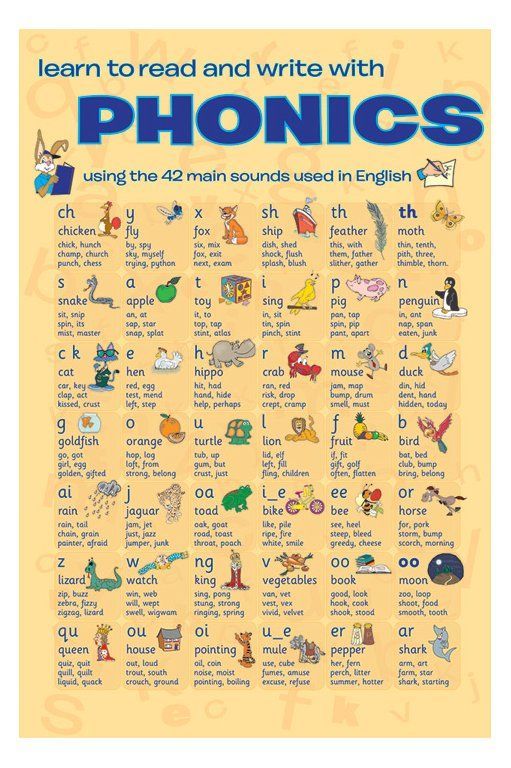 "
"
Compare how the tongue and lips are positioned when pronouncing the sound [Ш] and the sound [Ш]:
|
| Solid sound [W] | Soft sound [S] |
| Language | Moved back, the back of the tongue is tense. | Promoted forward, has a convex shape, which is raised to the palate, the tongue is tense.
|
| Tongue tip | Raised to alveoli (to the tubercles above the upper teeth).
| More pushed forward to the teeth.
|
| Lips | Stretched and rounded. | Stretched into a smile.
|
When pronouncing the sound [Щ], the entire tongue moves forward, the middle part of the tongue is raised to the palate, the tongue is tense. When pronouncing the sound [Ш], the lips are less extended forward than when pronouncing the sound [Ш]. When pronouncing the sound [Ш], the corners of the lips are slightly stretched, and when pronouncing [Ш], we do not smile.
! The sound [Щ] is pronounced LONGER than the sound [Ш].
The sound [Щ] causes much more difficulties for foreigners. It is necessary to ensure that foreigners pronounce the sound [Щ] softly. Therefore, in the phonetic exercise, we use the vowel sound [I]:
Seek - look - shchi - shield
Seek - seek - shche - cheek
Seek - seek - shche - brush
Seek - seek - shch - feel
How to perform phonetic exercises correctly when teaching Russian phonetics to foreigners
When you do any phonetic exercise , you must adhere to the following scheme:
1) When teaching the phonetics of the Russian language, the teacher first reads the letters, syllables, words, and the foreigner listens to the teacher and follows the text.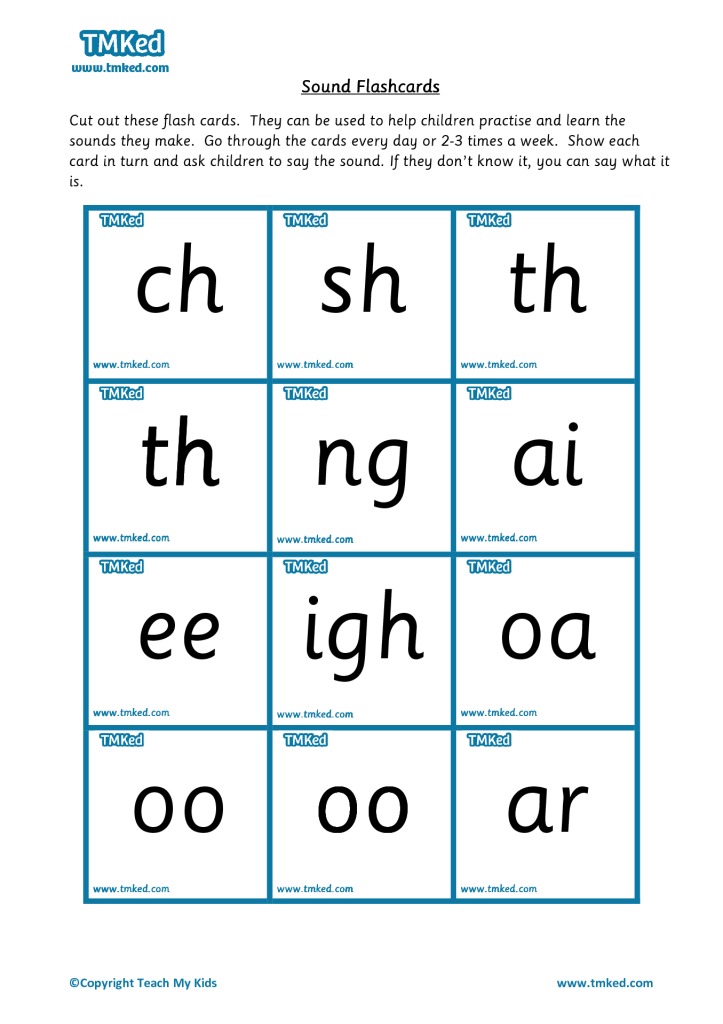
2) Then the teacher reads and the foreigner repeats.
3) And only now the foreigner reads on his own.
If you need to explain to a foreigner the position of the tongue when pronouncing a sound, you can show it with your hands. For example, the right hand is rounded, fingers pointing to the floor. Now your right hand is the palate, alveoli and teeth. And from the left hand we will make a tongue. Now you can show foreigners the position of the tongue in the mouth.
Thanks to this, we will be able to do without an intermediary language when explaining almost , which, of course, is a big plus.
We always recommend using as little intermediary language as possible in the lessons of Russian as a foreign language. such lessons are much more useful for foreigners studying Russian.
When creating materials for foreigners and teachers of Russian as a foreign language, we are always focused on making Russian language lessons not only as effective as possible, but also easy.